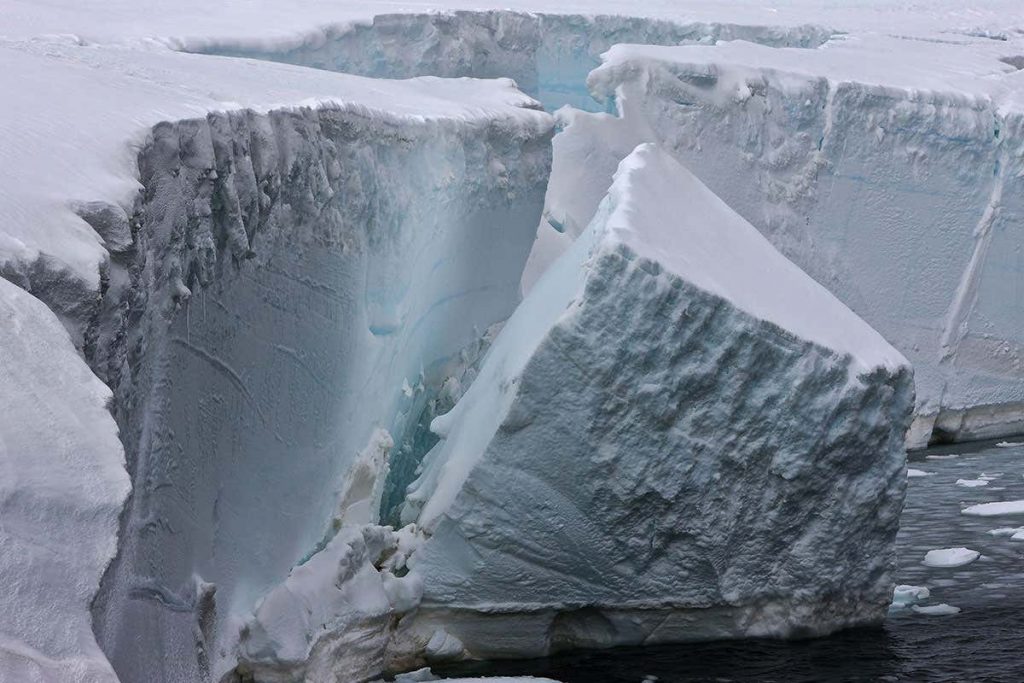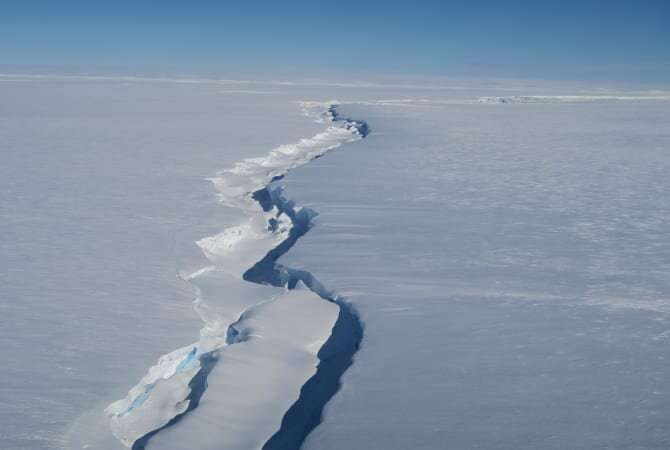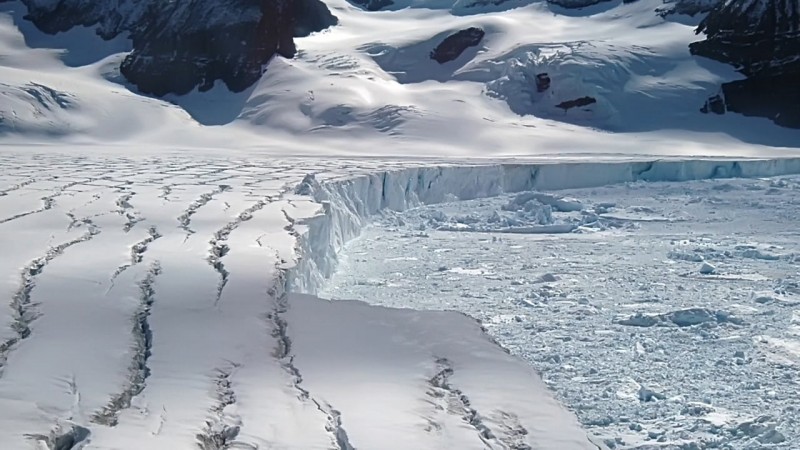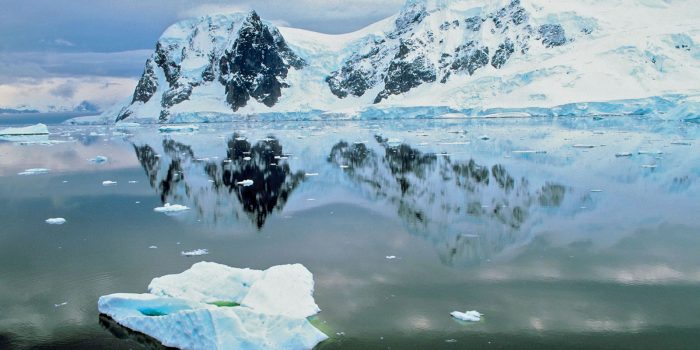Apart from climate change, a team of experts investigated what is causing Antarctica’s ice shelves to break apart into large chunks and determined that the “glue” that holds it all together is in a critically poor state.
According to research published in the journal PNAS, Antarctica’s ice shelves have a mechanism for self-repair when they begin to divide and shatter. When the ice shelf softens, the icy glue known as mélange can fill in the gaps and re-fuse the ice shelf. However, as NASA and University of California scientists discovered, the mélange is just as sensitive to higher temperatures and a changing environment as the ice, therefore when it collapses, disaster might happen.

The researchers developed simulations of three varied cases in which either the ice shelf, mélange, or both began to thin. As long as the mélange remained intact, the ice shelf was able to repair itself. However, when the mélange began to dissolve, the ice cracks widened more quickly.

“The thinning of the ice mélange that glues together large segments of floating ice shelves is another way climate change can cause rapid retreat of Antarctica’s ice shelves,” study co-author and the University of California, Irvine glaciologist Eric Rignot remarked. “With this in mind, we may need to rethink our estimates about the timing and extent of sea-level rise from polar ice loss — i.e., it could come sooner and with a bigger bang than expected.”

“The problem is that mélange is much thinner than the shelf ice,” lead study author Eric Larour said. And as it starts to melt, it’s really just a useless slushy pool.
The scientists discovered that this melting is adequate to explain some of the huge ice shelf cracks that have occurred over the years. However, Antarctica’s self-repairing glue will become less effective as temperatures rise, putting the ice shelf in jeopardy.


